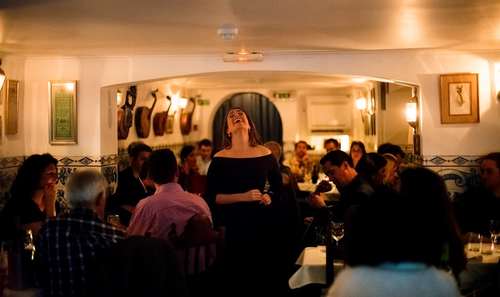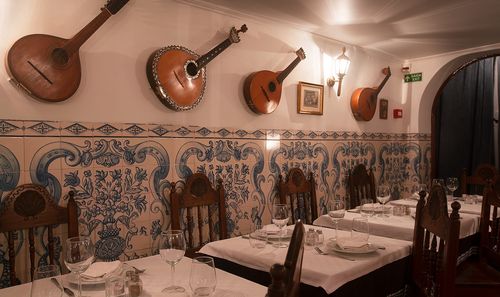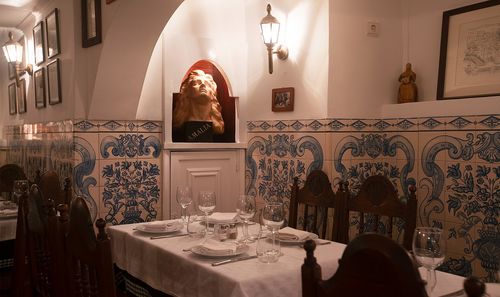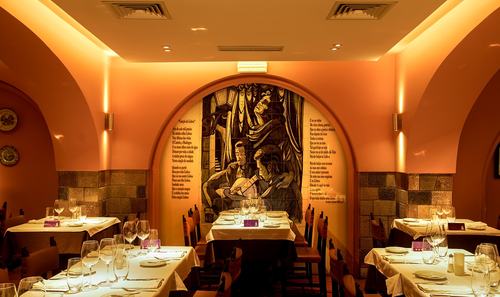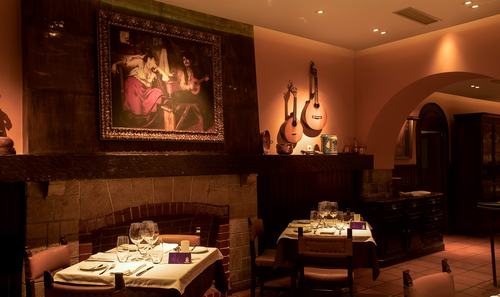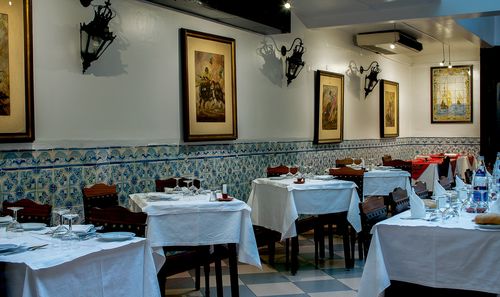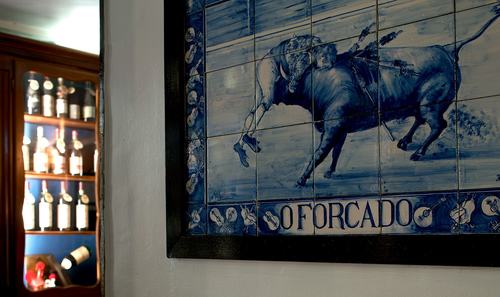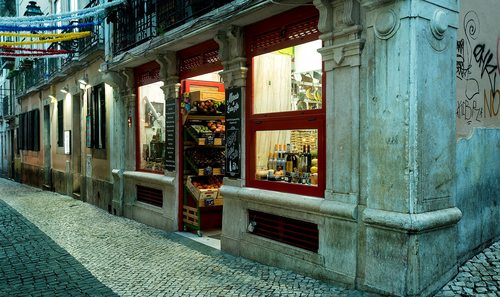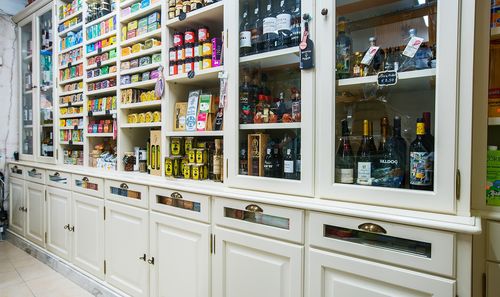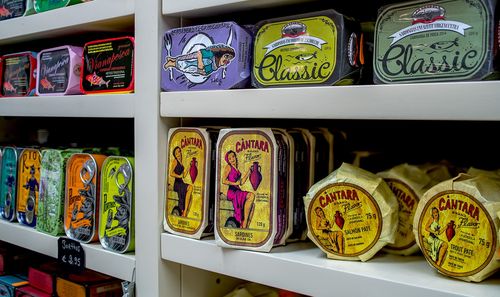Fado Route
Visit typical fado neighbourhoods and discover unforgettable places.
Escadinhas do Largo de S. Miguel
Point of InterestThese steps are located in the heart of the neighbourhood, beside the church of S. Miguel, and open out onto a square with several simple eateries where fado vadio is sung. Whoever passes by can’t miss the balconies with geraniums, colourful clotheslines and cats running from their own shadows.
Parreirinha de Alfama
RestaurantOnce a coal merchant’s and then a cheap eatery, in the 1950s it became a local landmark for lovers of fado. The woman behind its success was Argentina Santos, a legend of fado castiço. This is a place whose walls once echoed to the voices of Amália Rodrigues, Lucília do Carmo, Alfredo Marceneiro and Maria da Fé, amongst other renowned names from the world of Lisbon’s traditional music.
Restaurante Típico O Faia
RestaurantAlfredo de Almeida, a bookseller, and Lucília Carmo, a fado singer, also parents of the fado singer Carlos do Carmo, opened this establishment in 1947 and since then it has lived on as a veritable temple to fado. Alfredo Marceneiro, Tristão da Silva, Beatriz da Silva and, more recently, Camané have all performed here. And its customers, amongst which Marcello Mastroianni, have been just as illustrious.
Restaurante O Forcado
RestaurantIn 1968, Amália Rodrigues inaugurated this establishment, bringing it immediate fame. It has been a stage for people such as Amália Rodrigues, Filipe Pinto, António Rocha, Tristão da Silva and Fernando Maurício and is one of the most popular fado houses amongst foreign tourists.
Mercado do Bairro Alto
Point of InterestA former butcher’s converted into a special greengrocer’s, replete with symbols of Portuguese cuisine and decorated with objects linked to fado. It has a large selection of Portuguese fruit and vegetables and regional cheeses, wines, jams and excellent olive oil. The old butcher’s look gives it a special style.




